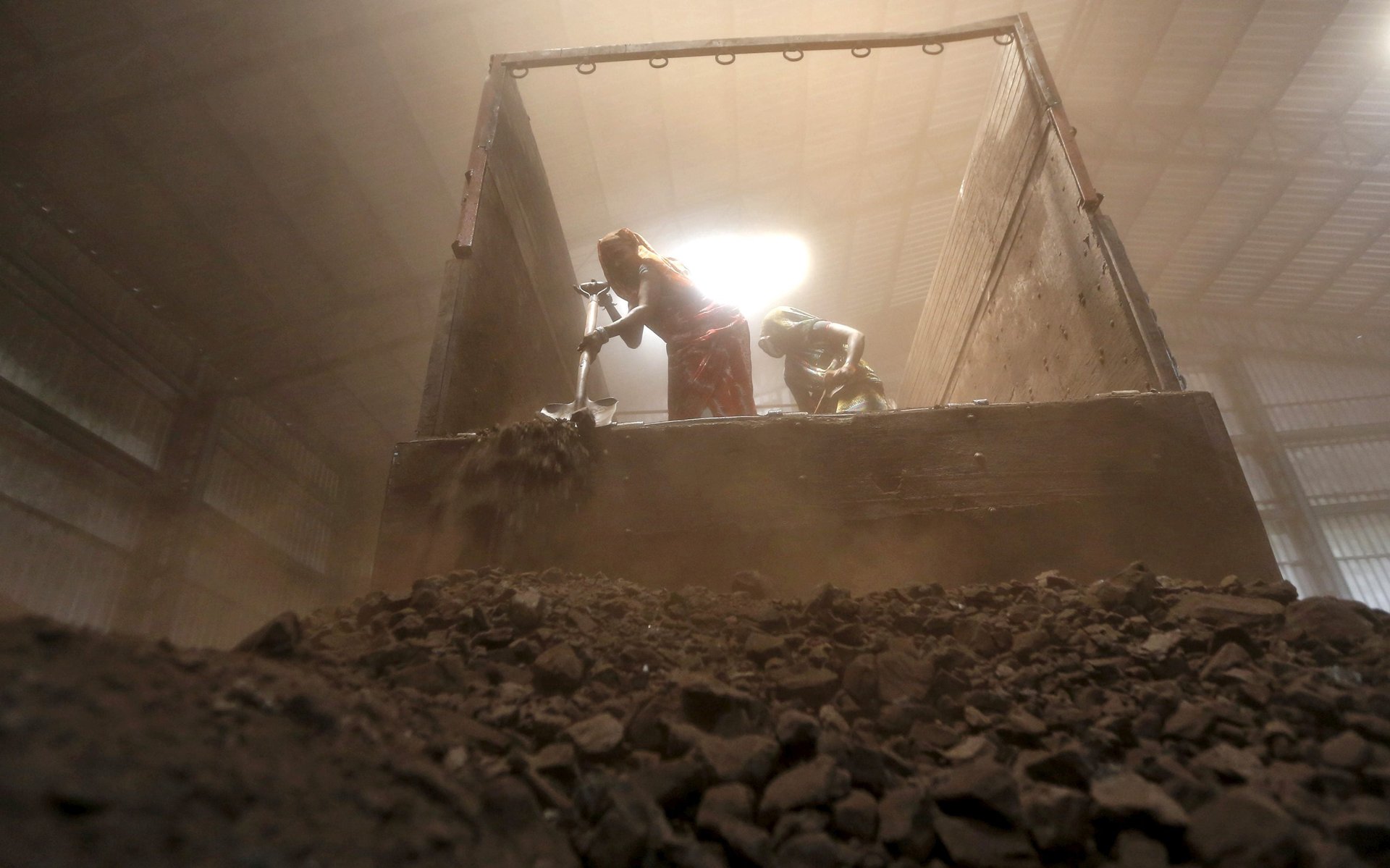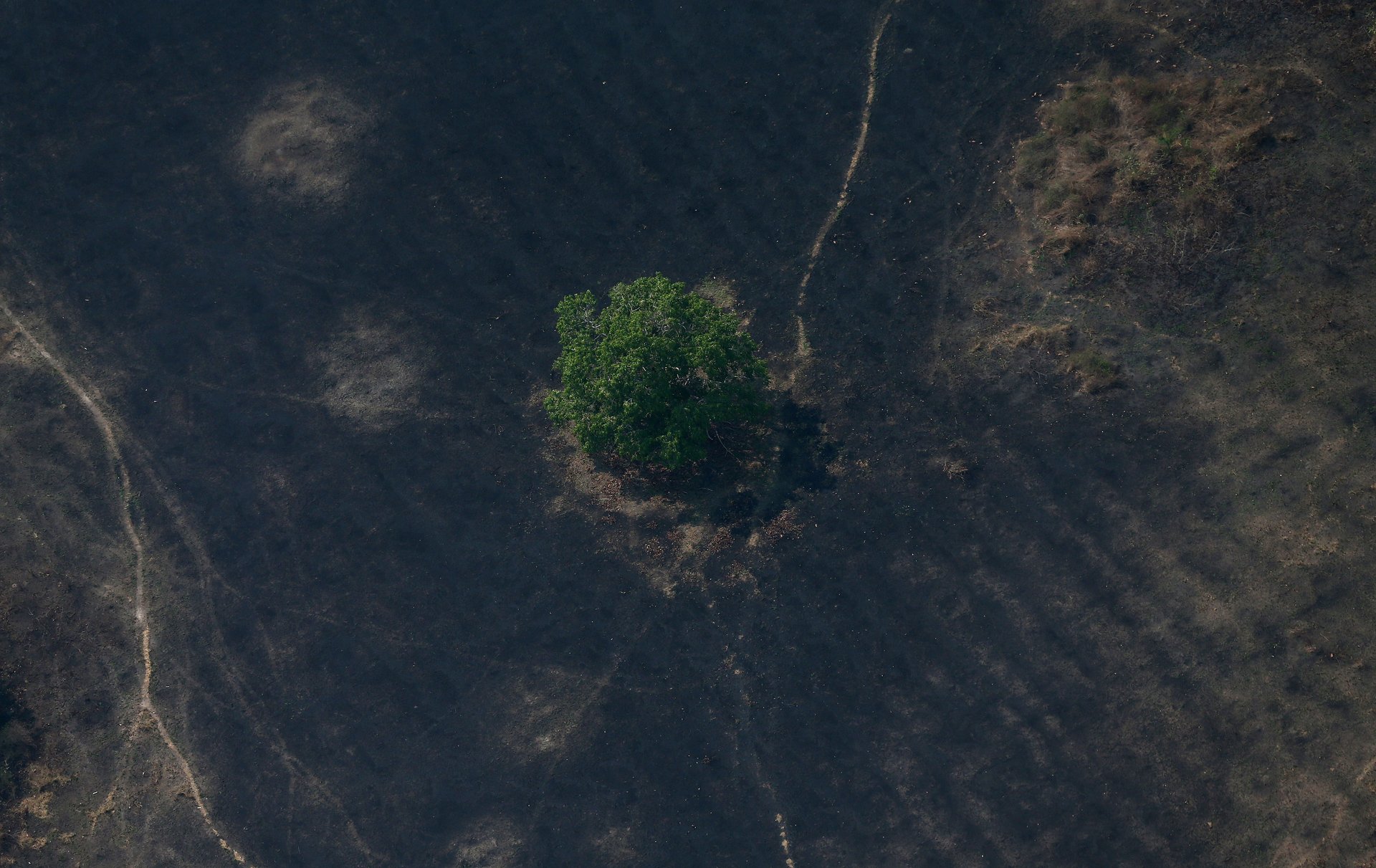The Race to Zero Emissions: hybrid power plants, net-zero NZ, efficiency pangs
Here’s what happened over the past week that helped or harmed the world’s chances of cutting greenhouse-gas emissions to zero.

Here’s what happened over the past week that helped or harmed the world’s chances of cutting greenhouse-gas emissions to zero.

Decreases emissions
1️⃣For the first time in a decade, India‘s consumption of coal to generate electricity declined on a year-on-year basis. ICYMI: Read Quartz’s field guide on what the world can learn from India trying to kick its coal addiction.
2️⃣To manage intermittency of renewables, developers are turning to wind, solar, and battery hybrid power plants. Often the wind picks up when the sun doesn’t shine, and batteries can help smooth out big dips.
3️⃣Saudi Aramco, the world’s largest oil company, has joined the Zero Routine Flaring initiative. Flaring is the practice of burning natural gas that cannot be used. It’s better for the environment than releasing methane, which traps even more heat in the atmosphere than carbon dioxide. No flaring, however, is even better.
4️⃣Loanpal, a Silicon Valley startup, is helping users bundle rooftop solar into their home mortgages. Because the payments are spread out over decades, it ultimately lowers the cost for homeowners.
5️⃣The EU is expected to finalize its commitment to hit net-zero emissions by 2050. By that deadline, about half of all the bloc’s energy needs will be met with electricity generated by renewables and nuclear.
Worlds collide 💥
The US used the Marshall Islands in the Pacific Ocean to test most of its nuclear weapons. As part of a clean up exercise, it packed away contaminated radioactive soil in a concrete bunker. “The Tomb,” as the bunker is called, is now at a risk of collapsing because of rising seas and other effects of climate change. “More than any other place, the Marshall Islands is a victim of the two greatest threats facing humanity—nuclear weapons and climate change,” Michael Gerrard, a legal scholar at Columbia University’s law school, told the LA Times. “The United States is entirely responsible for the nuclear testing there, and its emissions have contributed more to climate change than those from any other country.”

Net-zero (for now)
1️⃣New Zealand passed a law committing the country to net-zero carbon emissions by 2050. The country has a large cattle industry—which is responsible for much of the world’s methane emissions—and the law also commits the country to 47% reduction in methane by 2050.
2️⃣More than 1,000 Google employees have written an open letter asking the company to hit zero emissions by 2030. The move follows similar asks made by employees of Microsoft and Amazon. Internal pressure is said to have played an important role in Amazon setting a goal of net-zero emissions by 2040.
3️⃣US efforts to adapt to the impacts of climate change disproportionately benefit the rich and increase the vulnerability of the poor. (PS: In the last five years, the US suffered a direct loss of $500 billion because of climate-related events.)
4️⃣Businesses in climate-vulnerable US states like California and Florida are being asked by investors how they expect to deal with extreme weather.
5️⃣EV roundup: UK sales of electrics and hybrids jumped 10% year-on-year (paywall), even as total car sales fell. Germany increased subsidies (paywall) on cheap electric cars. China mulled further cuts to EV subsidies.
New Attenborough series
The famous naturalist, David Attenborough, is back with a new series called Seven Worlds, One Planet, which is currently showing on the BBC in the UK and will premiere on BBC America in January. Unlike many of his previous documentaries, this time climate change and humanity’s impact on the natural world aren’t boxed into a single episode or rushed into the end of each installment. Instead, those impacts are acknowledged and put in the right context as the remarkable stories of life on Earth are told.

🔼 Increases emissions
1️⃣Brazil‘s emissions for 2019 could have been lower than last year, if it were not for deforestation. The country’s clean energy use is growing, but those gains have been offset by the fires in the Amazon.
2️⃣Currently, Bangladesh satisfies less than 2% of its electricity needs by burning coal. By 2040, that number could rise to 35% as the country looks to build 29 new coal power plants.
3️⃣Over a course of three years, NASA flew planes over California to find sources of methane emissions Just 0.2% of sources, which included landfills, natural gas facilities, and dairy farms—dubbed “super emitters“—were responsible for nearly half of all emissions.
4️⃣US president Donald Trump formally filed papers to leave the Paris climate agreement. The deed won’t be completed until after the 2020 presidential elections. “Why miss out on the greatest technological and economic transformation of our era?” asked the UN secretary general Ban Ki-moon.
5️⃣Energy efficiency gains across the world are slowing down, mainly because people are buying bigger cars and bigger homes.
Stats to remember
As of Nov. 4, the concentration of carbon dioxide in the atmosphere was 410.07 ppm. A year ago, the level was 407.13 ppm.
If you’d like to support my work, you can subscribe to Quartz using the promo code AKSHAT8487 at checkout. You’ll get 50% off Quartz’s membership. Have a great week ahead. Please send feedback and tips to [email protected].